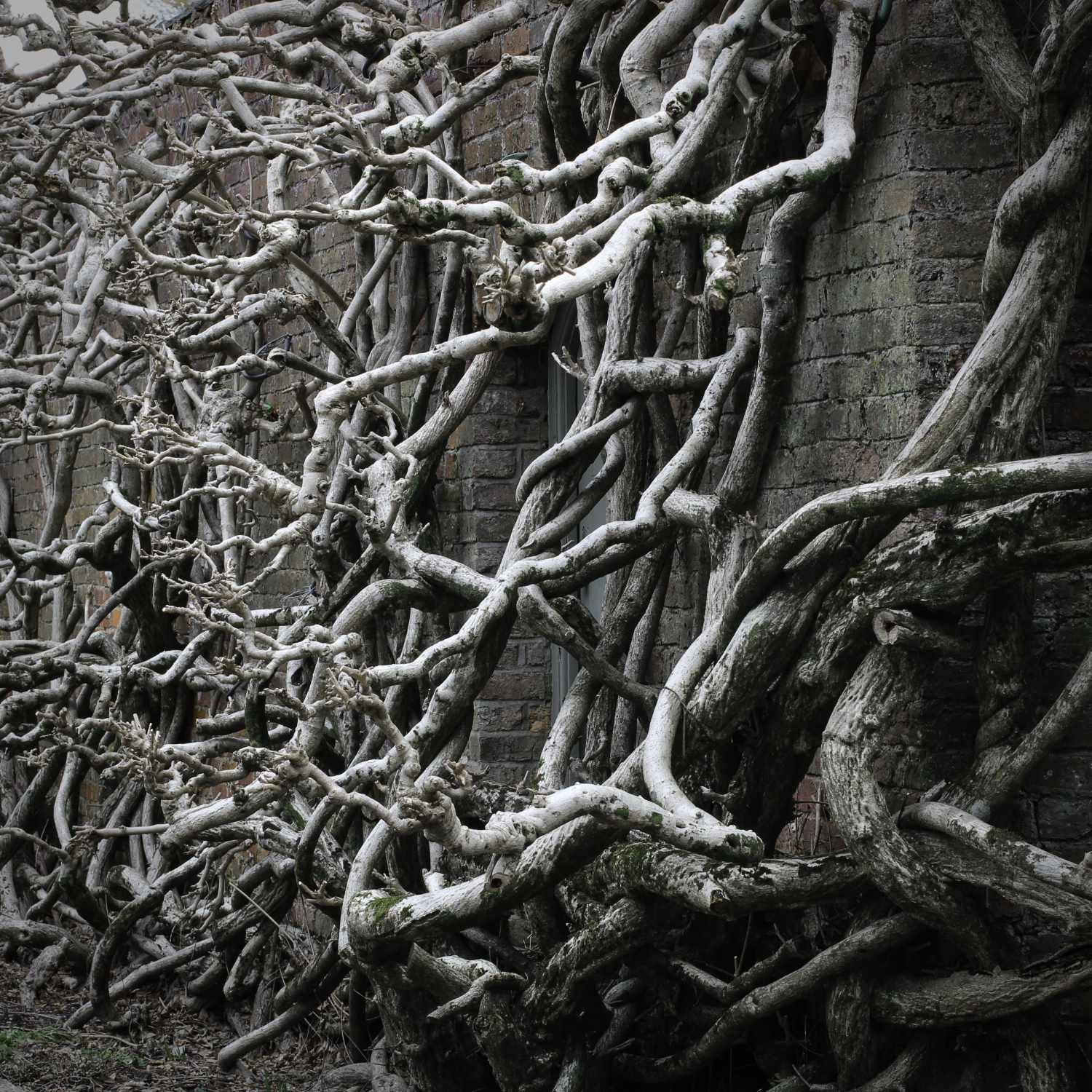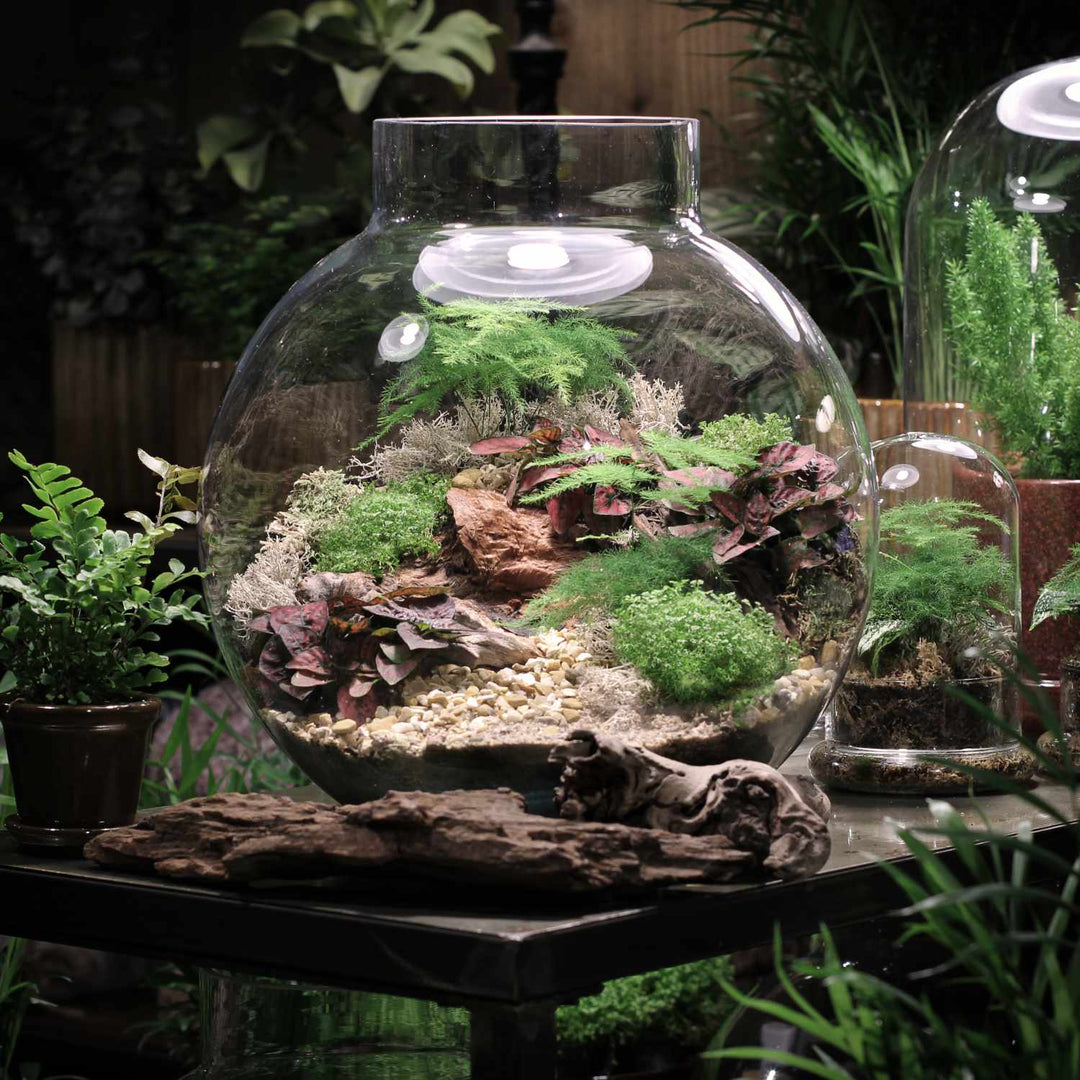Wisteria is a vigorous, deciduous climber that produces impressive clusters of scented white, pink, purple or lilac-blue flowers in late spring. Pruning is required twice a year to achieve the best display of flowers, and to ensure it stays at a suitable size for your space - Wisteria can spread up to 20 metres!
Winter Pruning (January to February)
Wisteria should be pruned in winter when the plant is dormant and leafless. Cut all side shoots that are growing from the main stem back to three buds, using diagonal cuts and clean, sharp secateurs. Winter pruning tidies the plant ready for new growth, and ensures the summer's flowers won’t be obscured by leaves. The cut off shoots make excellent kindling, can be chopped up and composted, or bundled together to make an insect shelter.
Summer Pruning (July to August)
After flowering has finished, cut all side shoots back to six buds (these same shoots will then be pruned back to three buds in winter). Summer pruning helps to control the size of your Wisteria and encourages flower buds to form. Any long, flexible stems growing from the base of the plant, known as runners, can be pruned off entirely to direct energy into next year's flowers.
How do I prune an overgrown Wisteria?
Overgrown Wisteria can be restored by hard pruning between leaf fall and February, using the following steps:
- Prune out dead, diseased, or damaged wood to the next healthy bud or stem
- Cut the top of the main stem to the desired length
- Prune out any runners near the base of the plant, leaving just one or two main stems
- Remove crowded lateral shoots and any that protrude
Once you’re happy with the size and form of your Wisteria, simply prune every winter and summer as normal.
Why isn’t my Wisteria flowering?
There are a number of possible reasons why a Wisteria isn't blooming, such as:
- The plant may be too young; Wisteria must be seven to fifteen years old before it can bloom
- An excess of nitrogen can suppress flowering; this can be corrected by adding a phosphorus fertiliser to the soil
- Buds may fail if the soil is too dry during the summer, so ensure your plant is well watered in dry weather
- Spring frosts can cause flower buds to drop
- Sporadic pruning will produce poor flowering results
Bee and bird friendly, Wisteria makes a great addition to a garden wall, pergola or archway, and regular pruning will give Wisteria the best chance of creating a beautiful feature in your garden year after year.







